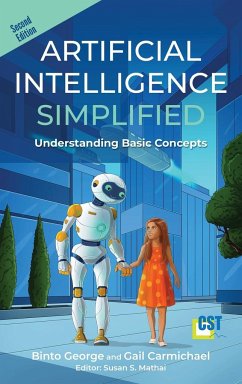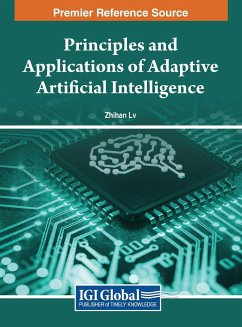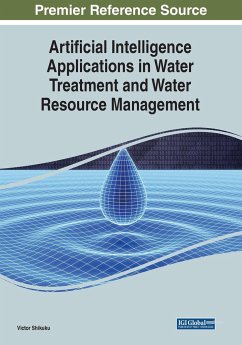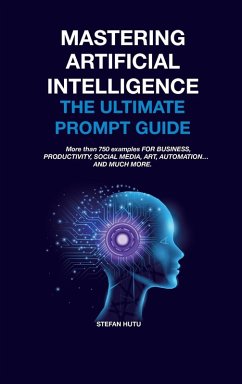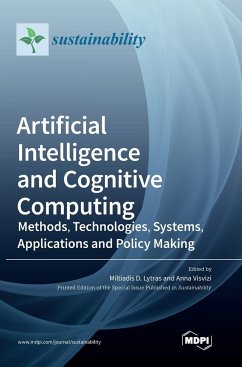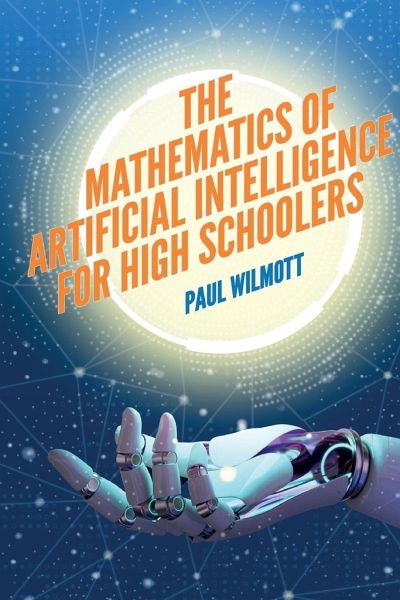
The Mathematics of Artificial Intelligence for High Schoolers
Versandkostenfrei!
Versandfertig in 1-2 Wochen
26,99 €
inkl. MwSt.

PAYBACK Punkte
13 °P sammeln!
This is the book that introduces schoolchildren to the mathematics behind Artificial Intelligence! There are books with no mathematics, just the description of what AI can do. Then there are books with no mathematics, just lots of computer code. And there are books with lots and lots of mathematics which are incomprehensible without a degree in mathematics. But there aren't books like this one! This book is for children who are confident in their mathematics. They do not have to be advanced or even top of their class. But they do have to be comfortable with learning new concepts. Here are some...
This is the book that introduces schoolchildren to the mathematics behind Artificial Intelligence! There are books with no mathematics, just the description of what AI can do. Then there are books with no mathematics, just lots of computer code. And there are books with lots and lots of mathematics which are incomprehensible without a degree in mathematics. But there aren't books like this one! This book is for children who are confident in their mathematics. They do not have to be advanced or even top of their class. But they do have to be comfortable with learning new concepts. Here are some of those concepts, and how simple they are. Representing data as a vector: A list of numbers, don't be fooled by the big parentheses! Scaling the data: Taking away and multiplying. That was easy! Distance measurement: Taking away and adding up. Squaring and square rooting if you are feeling really adventurous! Charts: Putting dots on a piece of graph paper! Exhausted, not! The equation of a straight line: y = ax+b. You can do it! Averages: Adding up and dividing. You know how to divide, don't you, Steve? Yes, it's mathematics, but nothing to frighten the horses! The book starts with a chapter with some history of AI. This is followed by a chapter of jargon, useful mathematics, and a description of the main techniques. Then it's one chapter on each of Nearest Neighbours, Regression, Clustering, Decision Trees, Neural Networks and Reinforcement Learning. Each of these in-depth chapters covers uses of the technique, the mathematical details, a real example and then a project for readers to work through on their own or in teams. The book ends with sources for some useful data.








